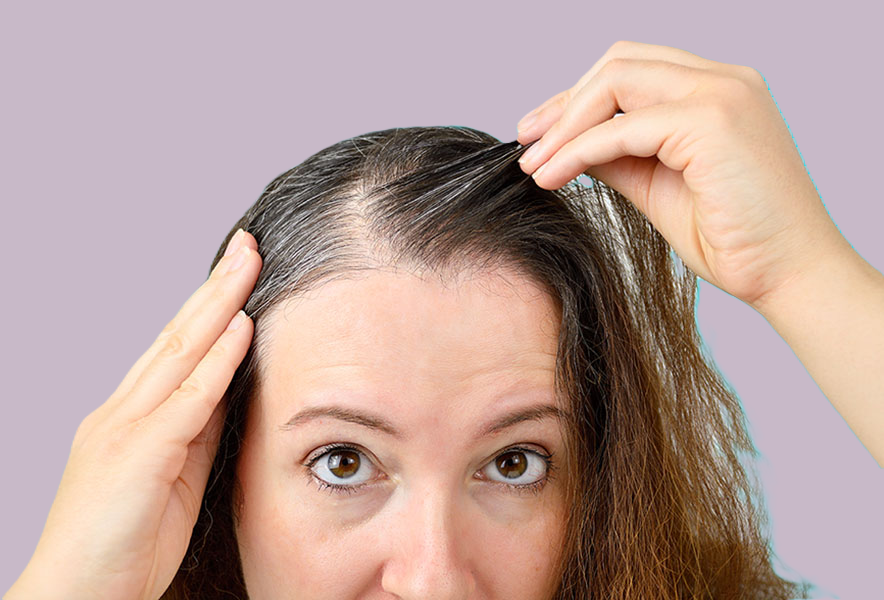

Coupon
Drawer Title
- Choosing a selection results in a full page refresh.
Whether you have fine or thin hair, tailoring your approach can enhance its appearance. For fine hair, certain products can temporarily add volume. Meanwhile, increasing thin hair density demands special attention to your hair care routine.
Remember, each hair type has its unique beauty, and proper haircare ensures that your locks stay healthy and radiant!
73 products
Fine hair refers to the thickness or diameter of a single strand of hair. It’s all about the individual hair
strand’s width.
Delicate Texture: Fine hair feels lightweight and delicate to the touch.
Lack of Volume: It tends to lack natural volume and body.
Silky Feel: Fine hair strands are often silky and
smooth.
Use lightweight products to avoid weighing down fine hair.
Opt for volumizing shampoos and conditioners to add lift.
Be gentle while styling to prevent breakage.
Thin hair describes the density. Example, the number of strand of hair on your scalp. It’s about how many hairs you have overall.
Sparse Appearance: Thin hair may appear less abundant or sparse.
Fine or Coarse: Thin hair can be fine (referring to individual strand thickness) or coarse (referring to the overall density).
Oil Susceptibility: Due to fewer strands, thin hair is more prone to oiliness.
Use sulfate-free shampoos to maintain scalp health without overstripping.
Regular trims prevent thin ends and promote healthier growth.
Consider volumizing styling products to add fullness.
Fair hair refers to hair color, specifically light shades such as blonde or light brown.
Light Reflectivity: Fair hair beautifully reflects light, giving it a luminous appearance.
Sun Sensitivity: Light-colored hair may be more susceptible to sun damage.
Delicate Aesthetic: Fair hair can appear delicate and ethereal.
Use UV-protective products to prevent color fading and sun damage.
Regular deep conditioning maintains shine and nourishes fair hair.
Be mindful of heat styling to avoid compromising its delicate nature.



